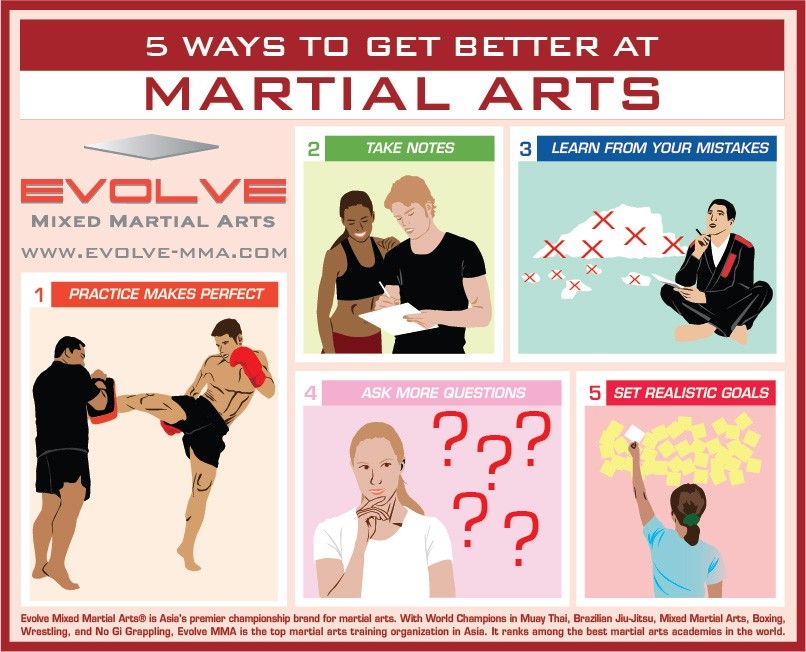The Growth And Historic Context Of Martial Arts Worldwide
The Growth And Historic Context Of Martial Arts Worldwide
Blog Article
Authored By-Wilcox Graham
Martial arts have an interesting background that spans centuries and continents. You may locate it interesting exactly how old techniques like Shuai Jiao and Kalaripayattu prepared for contemporary combat strategies. These techniques not only stress physical skills however additionally reflect the societies that birthed them. As you discover their evolution, think about how globalization has actually transformed these typical kinds into crossbreed styles. What influences do you assume have shaped today's martial arts landscape?
Ancient Martial arts: The Structures of Battle
As you explore the world of old martial arts, you'll uncover the abundant structures that formed battle techniques across cultures. Very early practices concentrated on Self-Defense and survival, usually incorporating strikes, grappling, and weapons.
In ancient China, for example, techniques like Shuai Jiao emphasized tosses and joint locks, while India's Kalaripayattu showcased agility and liquid motion. Japanese samurai established Kenjutsu, a polished swordsmanship that highlighted technique and technique.
These martial arts served not just for fight however also as a means of personal development, instilling values like regard and perseverance. The blending of these strategies in time laid the groundwork for the varied martial arts you see today, each showing the one-of-a-kind approaches and demands of its culture.
The Cultural Impact on Martial Arts Advancement
While martial arts usually reflect the useful demands of a society, they additionally embody the social worths and beliefs of their origins. When you check out different martial arts, you'll notice exactly how they're influenced by religion, ideology, and social standards.
For example, the emphasis on regard and technique in Japanese martial arts originates from Zen Buddhism and samurai society. On the other hand, Brazilian Jiu-Jitsu advertises versatility and technique, formed by the demand for effectiveness in a varied, multicultural environment.
Get Source may find that the rituals, uniforms, and training techniques show an area's background and identification. By understanding these cultural influences, you strengthen your recognition of martial arts and their role fit human experiences around the world.
Modern Adaptations and the Globalization of Martial arts
Martial arts have actually transformed dramatically in current years, adapting to contemporary society and international impacts. angel garcia kajukenbo 'll discover that traditional types have combined with contemporary methods, developing hybrid styles like mixed martial arts. These adjustments accommodate diverse target markets, making martial arts easily accessible and attractive worldwide.
With the rise of social media sites and electronic systems, you can discover tutorials and competitions from all edges of the globe, breaking geographical barriers. This globalization has actually resulted in a common recognition for numerous disciplines, from Brazilian Jiu-Jitsu to Taekwondo.
As you engage with these arts, you'll recognize they're not practically battle; they advertise fitness, technique, and psychological well-being.
Inevitably, contemporary adaptations have enriched the martial arts landscape, making it a vibrant and evolving practice.
Conclusion
In checking out the history and evolution of martial arts, you reveal a remarkable blend of strategies, societies, and philosophies. From old techniques like Shuai Jiao and Kalaripayattu to the modern-day flexibility seen in MMA, martial arts mirror humankind's pursuit for Self-Defense and personal development. As martial arts benefits engage with these methods, you not just acquire abilities however likewise a much deeper gratitude for the varied customs that shape our world today. So, proceed your trip and accept the art of combat!
